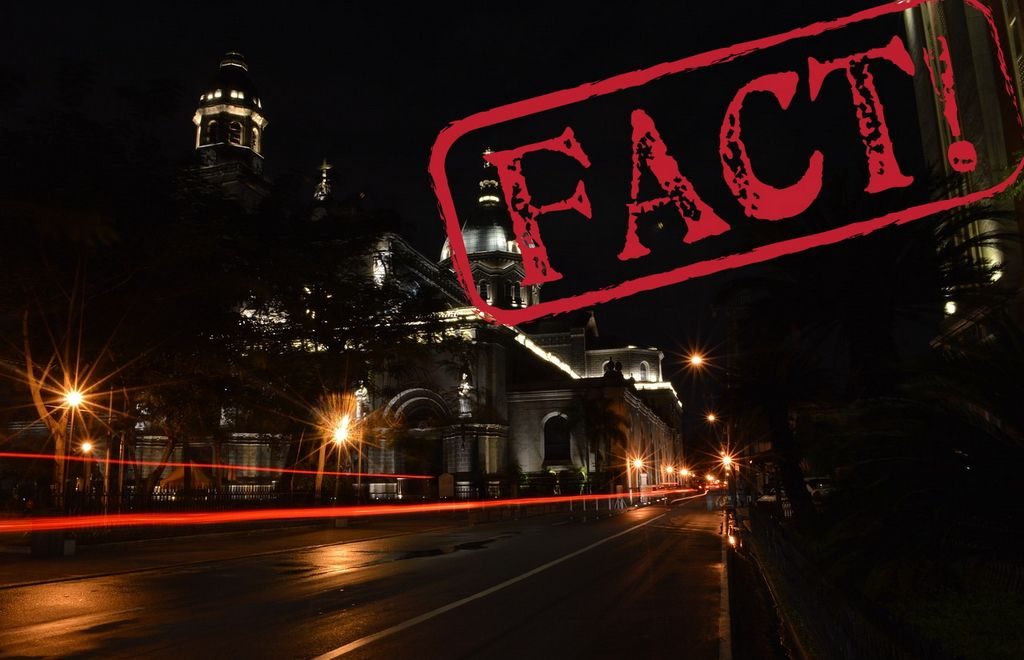Here’s our collection of amazing facts which you may have never heard of on the city, and not even every citizen or a tour guide know them. Though some of them seem unbelievable, they all have occurred in real life in St. Petersburg proving that life is sometimes crazier than the weirdest fairy-tale.
The Isaac’s Cathedral
1. The Isaac’s Cathedral was being built for nearly 40 years, in 1819 – 1848 due to difficulties with designing and the process of construction as well as complicated and enormous decorative works that alone took 16 years. The architect Auguste Montferrand died a month later after the Cathedral had been finished.
The Alexander column
2. The Alexander column (known also as the Alexandrinsky column), a massive pillar with a height of 47.5 meters (155,84 feet) standing almost in the center of the Dvortsovaya (Palace) square in front of the Hermitage, stands straight only due to its weight (600 tons, 1.322,774 pounds) and construction, there are no any supportive mechanisms. The architect Auguste Monferrand who got the pillar established in 1834 with the help of numerous unique engineering solutions used to walk around the column in order to dissolve the fears of St. Petersburg’s residents that the pillar might fall.
3. Karl Gustav Mannerheim, a founding father of modern Finland, was a Russian officer serving in the army of the Russian Empire with a vast experience in wars, including the World War I, and high rank of general lieutenant. There is an opinion that Mannerheim and a regiment of Finns supported Vladimir Lenin during the takeover in November 1917 in exchange for the recognition of Finland’s independence by the Bolsheviks.
Admiralteyskaya metro station
4. St. Petersburg’s subway is the deepest in the world if consider the average depth of stations. The deepest station here is Admiralteyskaya, it lies 86 meters (282 feet) beneath the ground.
5. Ayn Rand, the author of Atlas Shrugged, was born and raised in St. Petersburg. Her parents died during the siege of Leningrad during WWII in the early 1940s. Her birth name was Alisa Rosenbaum.
St Petersburg`s fountains
6. Two days of maximum water consumption in the city are 31st of December and 31st of August as families prepare for the start of a new school year or for the celebration of the New Year’s coming.
7. There is St. Petersburg in Florida, USA, founded by a native of Russia’s St. Petersburg, Pyotr Dementyev. Mr. Dementyev changed his name to Peter Demens upon arrival in the U.S., was engaged in building railways, one of which ended where St. Petersburg, FL, stands now.
A tram line built across the Neva river
8. A tram line built across the Neva river in St. Petersburg on ice in the winter existed in 1895 – 1910 (on the photo above). There were, of course, bridges across the river, but tram lines could not use them as the city’s government was curbed by contract obligations with cab drivers. The contract with them ended in 1910. As the contract covered only the city’s streets and didn’t cover the surface of rivers, the first tram lines were laid on ice.
The spire of the Peter and Paul fortress`s cathedral
9. No construction higher than the spire of the Peter and Paul fortress’s cathedral (122.5 meters, 401,9 feet) is allowed in the city center.
10. Bombs and shells from WWII are still regularly found and excavated in the city and areas around it and utilized. No surprise if one day a fascist mine somewhere explodes.
11. In 1943, when Leningrad was blockaded by fascists troops and, the Road of Life across Lake Ladoga was established, city’s administration ordered to deliver to the city four railway carriages of… cats. The siege of Leningrad caused a deficit of food leading to many thousands of people’s death and cannibalism. All dogs and cats were killed and eaten by citizens which led to the unchecked spread of rats who frightened and sometimes even attacked and killed people. Ammunition was even used to counter rats, but that didn’t help. The cats arrived from the city of Yaroslavl and defeated the army of rats. Interestingly, even after the end of the war in 1945, people from other cities of the USSR sent to their friends and relatives in Leningrad not only presents and food but also cats.
The Hermitage`s cats
12. The Hermitage museum has its own little army of cats who guard the stocked pieces of art in the museum’s cellars. You’ll hardly see them in the halls of the museum, but sometimes they manage to get there causing a wave of tourists’ photoflashes.
13. Pyotr Rutenberg (in Israel Pinhas Rutenberg), the founder of The Israel Electric Corporation (former Jaffa Electric Company, then Palestine Electric Company) graduated from the Technologichesky Institute (the Technology Institute) in St. Petersburg and was deeply involved in famous revolutionary activities in the early XX century. Rutenberg was a major figure in the Socialist — Revolutionary Party.
14. There are football, volleyball, basketball clubs in Saint Petersburg with the same name – Zenit. There are talks of founding a handball club which is said to be also named Zenit.
The stadium Saint-Petersburg
15. The stadium Saint-Petersburg (also known as Zenit Arena and Krestovsky stadium) has been built for nearly 48.2 billion rubles ($816 million) during almost 10 years.
Initially, the cost of the stadium was just 6.7 billion rubles, it was projected to be finished in 2009. For the incompetence of authorities and construction companies, the city-funded project became the most scandalous stadium in the modern Russian history and was called by St. Petersburg residents Shame Arena and Bribe Arena. Many also call it «a monument to the corruption».
For comparison, FC Spartak’s Otkrytie Arena was built for four years and cost 14.5 billion rubles, FC Krasnodar’s stadium was built for three years and 20 billion rubles. The bitterest side of the thing is that all the money spent for the St. Petersburg stadium came from taxpayers.
